 Ireland has long been associated with shamrocks and leprechauns, but a new book by University lecturer Andrew Sneddon aims to explore both the folk magick practices and witchcraft persecutions of the Emerald Isle in a new book.
Ireland has long been associated with shamrocks and leprechauns, but a new book by University lecturer Andrew Sneddon aims to explore both the folk magick practices and witchcraft persecutions of the Emerald Isle in a new book.He teaches the only history course in Ireland dedicated to the study of the great European witch-hunts between 1500 and 1800 and has been commissioned by Palgrave MacMillan to write the first academic book on Irish witchcraft, called Witchcraft And Magic In Ireland, 1586-1946.
The book, due for publication in early 2013, will contain insight into charms, witchcraft, and demonic possession in Ireland up to the 20th century.
As the idea of witchcraft has become prominent in popular culture, Dr. Sneddon's university course on Irish witchcraft has become more and more popular.
Dr Sneddon told the Belfast Telegraph that people are becoming increasingly fascinated by witchcraft.
“It’s the unknown. It’s the mysterious. It’s like ghost stories,” he said.
“Witchcraft is everywhere, in films and books and plays.
“Every year my course increases in popularity and our exchange students seem to particularly like it. It used to be viewed as superstition, but in the last 50 years academics, film-makers and authors are much more interested.”
Ireland did hold a few witchcraft trials during the period in which the Inquisition was ravaging continental Europe, but there were only a handful of them and they resulted in prision sentences rather than executions.
Under the Irish witchcraft law of 1563, repealed in 1821, eight women from the Islandmagee area were found guilty at Co Antrim’s criminal court for bewitching 18-year-old Mary Dunbar.
For their punishment they were sent to prison for a year, and on four market days were put in the pillory, a form of stocks, to be publicly humiliated and pelted by rotten food and stones.
Mary Dunbar’s symptoms of bewitchment included fits, swearing, throwing Bibles, and being trances.
Dr Sneddon argues she faked her possession to escape the restrictions placed on her behaviour. He said Dunbar blamed her possession on the women because they had reputations as witches and did not meet contemporary standards of female behaviour and beauty.
This Irish incident has a lot in common with the witch trials going on in Europe and the Americas at the same time, as many scholars have written about cases from those areas with similar social dynamics at work. At least the Irish authorities found the execution of the accused too harsh a sentence, so nobody died as a result of the accusations.
I'm looking forward to seeing this book when it comes out, as this is a piece of Irish history that has been largely overlooked until now.












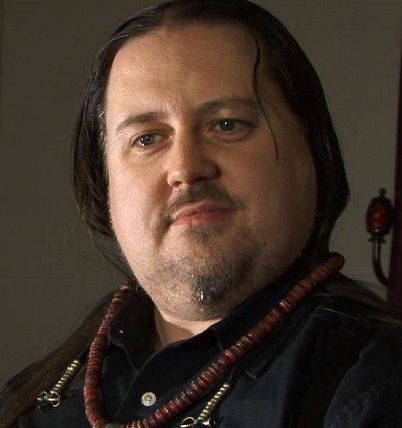

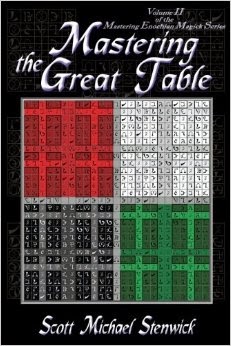

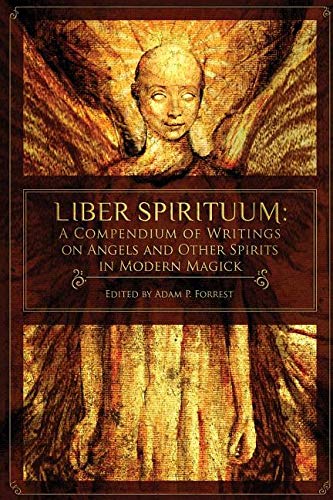
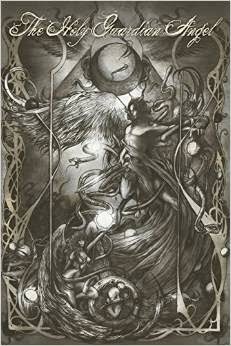

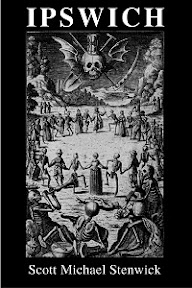
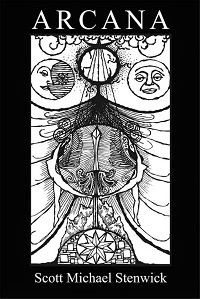



No comments:
Post a Comment